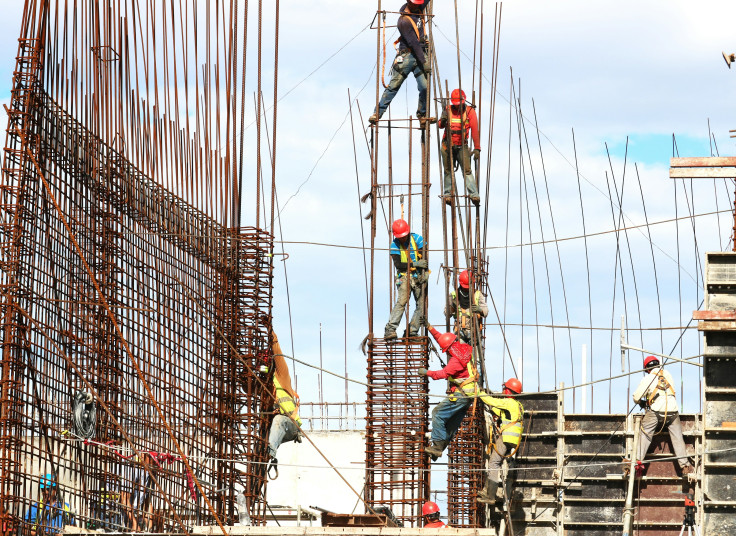
Almost one in every seven people in the United States is an immigrant, leaving experts believing they are key to filling the U.S. labor shortage, according to a recently published report by Immigration Impact.
The figures in the report come from the American Community Survey, which is administered by the Census Bureau. The updated data reveals how immigrants— including those who are undocumented— make important contributions through their work to vital industries.
According to the report, in 2022 alone, immigrant households paid $579 billion in total taxes, which translates to nearly one in every six tax dollars collected by federal, state and local agencies.
This, in turn, plays a huge role in how immigrants affect certain industries, and hence, the current labor shortage the U.S. continues to experience. Immigration Impacts reports that taking that consideration into account healthcare, agriculture, construction and entrepreneurship are some of the industries primarily affected by Latinos' participation.
Here is how immigrants are helping fill in the labor gaps in these industries.
Healthcare
When it comes to the healthcare industry, the Bureau of Labor Statistics projects that the U.S. will face a shortage of 134,940 healthcare providers by 2036. Immigrants are already helping bridge this gap, according to the Bureau.
Nationally, 15.6% of all nurses and 27,7% of all health aides are immigrants. Similar statistics can also be seen in specific parts of the country. For instance, in New York and New Jersey, over half of all health aides are foreign-born. In five states— California, New Jersey, Maryland, New York and Florida— over 1 in 4 nurses are immigrants.
Agriculture
In agriculture, scarce farm labor in the U.S. is leading to an increasing reliance on imported produce, which is where immigrants come in.
Immigrant workers are a crucial part of the agriculture workforce. Nationwide, 54.3% of graders and sorters of agricultural products are immigrants, as are 25.3% of workers in the agriculture industry overall. In some states, like California and Washington, immigrants are more than half of the agricultural workers.
Construction
A similar trend can be seen in the construction industries, where immigrants are disproportionately represented and play a key role in building new homes to help ease the burden of high housing prices, according to Immigration Impact.
The Associated Builders and Contractors trade association estimates a shortage of about 500,000 workers in the construction industry in 2025, leading to many Americans facing housing shortages as well.
Immigrants once again, are helping close this bridge and fill these shortages. As of 2022, one in four workers in the construction industry were immigrants. In 11 states, this share was even higher. For instance, in Maryland, Texas, New Jersey and New York, immigrants accounted for more than half of the share of certain construction occupations such as painting and paper hanging.
Entrepreneurship
Immigrants are also creating new jobs, as a large share of them create their own businesses.
Growing literature shows immigrants start and run businesses at higher rates than their U.S.-born counterparts, which helps fuel local economies. In 2022, despite making up just 13.8% of the population, immigrants made up more than one in five entrepreneurs (22.6%) in the United States, generating over $110 billion in business income.
According to the report, in California, Florida, New Jersey and New York, immigrants represented more than one in three business owners. In every state, immigrants were over-represented as entrepreneurs compared with their share of the overall population.
© 2025 Latin Times. All rights reserved. Do not reproduce without permission.




